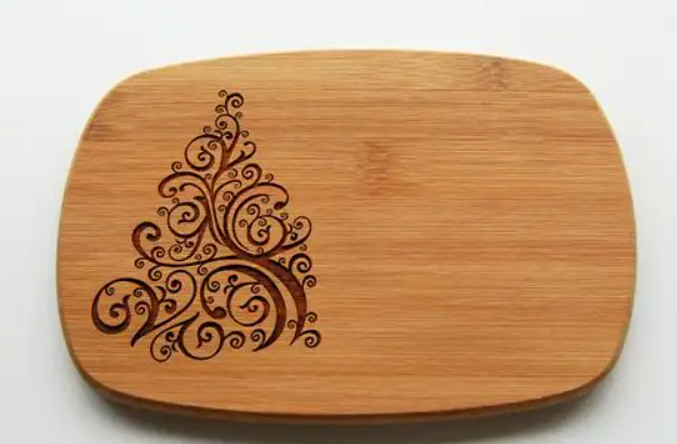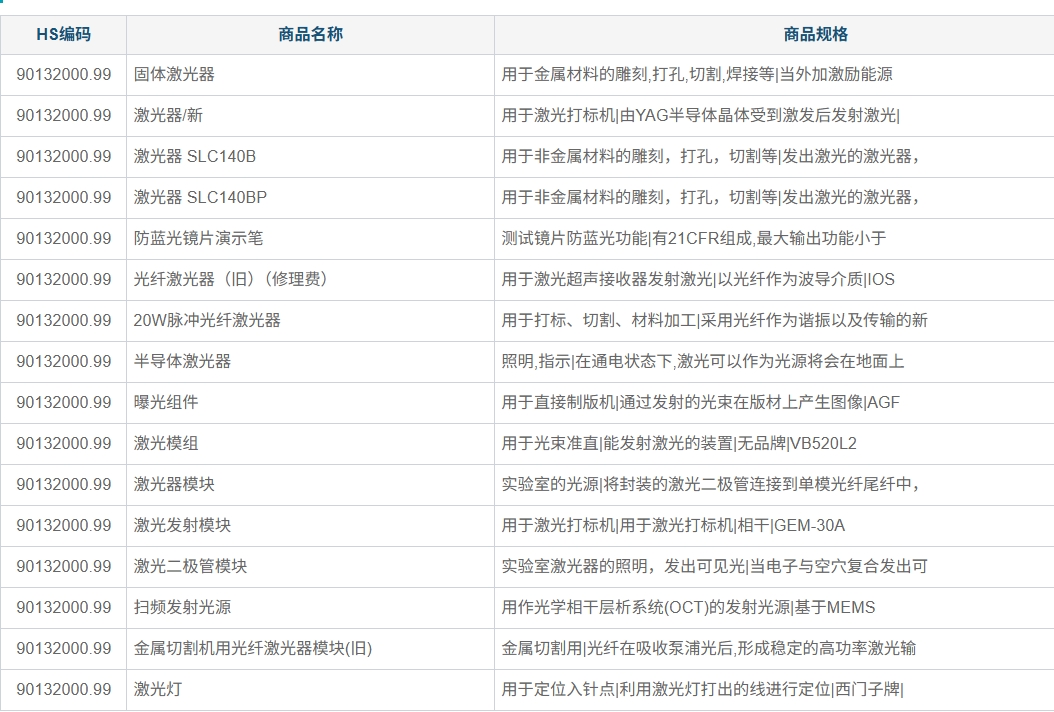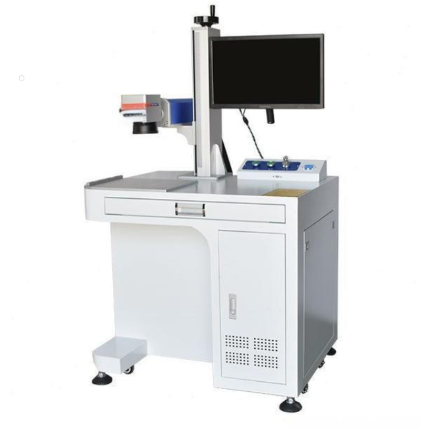Can a fiber laser marking machine engrave wood?
Views :
Update time : 2024-11-20
A fiber laser marking machine can mark wood, but its effectiveness and suitability are limited, so it needs to be evaluated based on the specific situation. Here are some key points:

Advantages
- High Precision: Fiber laser marking machines are great for fine patterns and text engraving.
- Fast Speed: They can complete simple marking tasks quickly.
Limitations
- Wavelength Mismatch: The wavelength of a fiber laser (typically 1064nm) is better suited for metals and some plastics. It has a lower absorption rate on wood, so the engraving effect may not be very noticeable.
- Insufficient Power: Deeper engraving on wood requires higher power, whereas fiber lasers are generally used for shallow surface marking.
- Risk of Burning: Due to the short exposure time, the wood surface may burn or carbonize, creating a smoky effect.
Solutions
If you want to achieve a good result on wood, consider:
- Lowering the Power: To avoid burning the wood surface.
- Choosing Suitable Materials: Opt for light-colored, evenly-textured woods (like maple or birch), as the engraving effect will be more noticeable.
- Using Other Laser Types:
- CO2 Laser Marking Machines: Better suited for wood, providing clearer results.
- UV Laser Marking Machines: Suitable for higher-precision wood processing.
If your primary material is wood, it is recommended to use a CO2 laser machine for better efficiency and results.
Related News
Read More >>
 laser marking machine for meta
laser marking machine for meta
08 .01.2025
Laser Marking Machines for Metal in Singapore (2024 Guide)Singapore’s manufacturing and precision en...
 laser marking machine price in
laser marking machine price in
08 .01.2025
Here's a detailed breakdown of laser marking machine prices in Pakistan (2024):Laser Marking Mac...
 HS code information of laser m
HS code information of laser m
08 .01.2025
HS Codes for Laser Marking Machines1. General Laser Marking MachinesHS Code: 8479.89.90Description: ...
 20w fiber laser marking machin
20w fiber laser marking machin
08 .01.2025
Here's a concise breakdown of 20W fiber laser marking machine prices in 2025:Price Range (USD)Ca...


